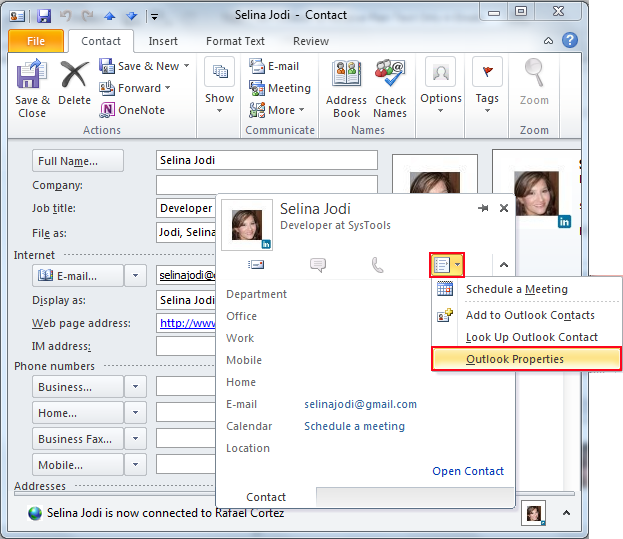
- Exchangeservice get plain text from html message how to#
- Exchangeservice get plain text from html message windows#
Gets or sets the credentials that are used to authenticate with Exchange Web Services (EWS). The ConnectionGroupName property is applicable for clients that target Exchange Online and versions of Exchange starting with Exchange Server 2013. Gets or sets the name of the connection group for the request. The ClientRequestId property is applicable for clients that target Exchange Online and versions of Exchange starting with Exchange Server 2013. Gets or sets a value that indicates whether GZip compression encoding should be accepted. Initializes a new instance of the ExchangeService class, targeting the latest supported version of Exchange Web Services (EWS) and scoped to the specified time zone. Initializes a new instance of the ExchangeService class, targeting the specified version of Exchange Web Services (EWS) and scoped to the specified time zone. Initializes a new instance of the ExchangeService class, targeting the specified version of Exchange Web Services (EWS) and scoped to the system's current time zone.ĮxchangeService(ExchangeVersion, TimeZoneInfo) Initializes a new instance of the ExchangeService class, targeting the latest supported version of Exchange Web Services (EWS) and scoped to the system's current time zone. Name resolution against the address book.Rules and Automatic Replies (Out of Office) settings management.Other features of this class that you might be interested in include: While we can’t cover everything that you can do with the ExchangeService class here, you can find out more by exploring the methods and properties. Use the AddDelegates(Mailbox, Nullable, DelegateUser), GetDelegates(Mailbox, Boolean, UserId), RemoveDelegates(Mailbox, UserId), and UpdateDelegates(Mailbox, Nullable, DelegateUser) methods to work with delegates. You can use these methods to handle scenarios such as creating multiple Contact objects to support the bulk import of contacts or marking multiple Task objects complete, all in a single EWS request. Use the CopyItems(IEnumerable, FolderId), CreateItems(IEnumerable, FolderId, Nullable, Nullable), DeleteItems(IEnumerable, DeleteMode, Nullable, Nullable), MoveItems(IEnumerable, FolderId), and UpdateItems(IEnumerable, FolderId, ConflictResolutionMode, Nullable, Nullable) methods to perform bulk operations on multiple items. Alternatively, if you have the endpoint for your user cached, you can use the Url property to use that endpoint. Use the AutodiscoverUrl(String) method to automatically find the correct EWS endpoint for your user. The Credentials property uses a WebCredentials object to keep users’ authentication information safe.Use the Credentials property along with the ImpersonatedUserId property to authenticate as a service account and impersonate a different user
Exchangeservice get plain text from html message windows#
If your users log on to Windows with the same credentials they use to access their Exchange server, set the UseDefaultCredentials property to true to enable your application to connect to the Exchange server without asking the user for a user name and password.If you need to specify the user name and password, set the Credentials property. Table 1: Ways that you can use the ExchangeService class It has quite a bit of functionality built in. But the ExchangeService class goes beyond just serving as a starting point for EWS Managed API client development. Service.AutodiscoverUrl(userEmailAddress, RedirectionCallback) Ĭonsole.WriteLine("EWS Endpoint: as a delegate.",Ī) īefore you can use the EWS Managed API to perform any task, you must create an instance of the ExchangeService class. Look up the user's EWS endpoint by using Autodiscover. Service.Credentials = new NetworkCredential(userEmailAddress, userPassword) Static void UseExchangeService(string userEmailAddress, SecureString userPassword)ĮxchangeService service = new ExchangeService() Static bool RedirectionCallback(string url)


Exchangeservice get plain text from html message how to#
The following code example shows you how to set a specific user name and password, discover the EWS endpoint by using Autodiscover, create two new contacts in the user's default Contacts folder, and grant a second user delegate access to the user's Calendar folder. ExchangeServiceBase ExchangeService Examples


 0 kommentar(er)
0 kommentar(er)
